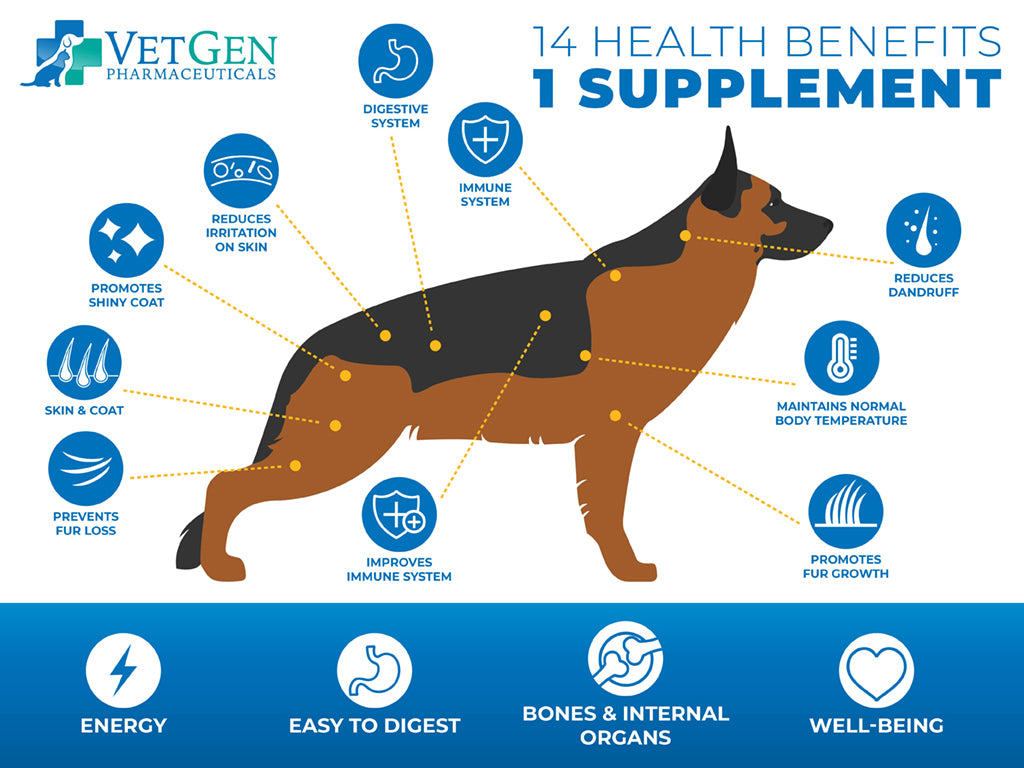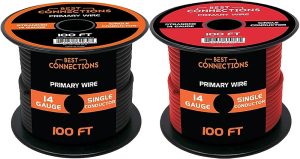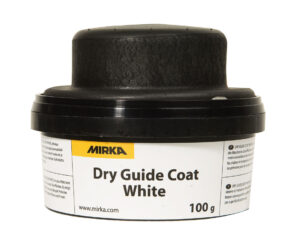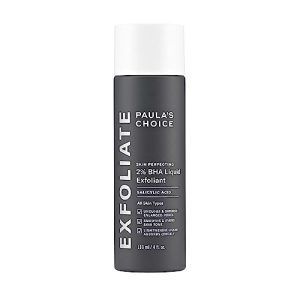Contents
Whether you’re a seasoned dog owner or a first-time puppy parent, ensuring your furry friend is properly fed is always a top priority. But with so much information out there, it can be overwhelming to know where to start. That’s why we’ve created “Top Tips for Feeding Your Dogs.” Packed with expert advice and practical tips, this comprehensive guide will help you navigate the world of dog nutrition, from choosing the right food to establishing a feeding routine that keeps your canine companion happy, healthy, and tail-waggingly satisfied.
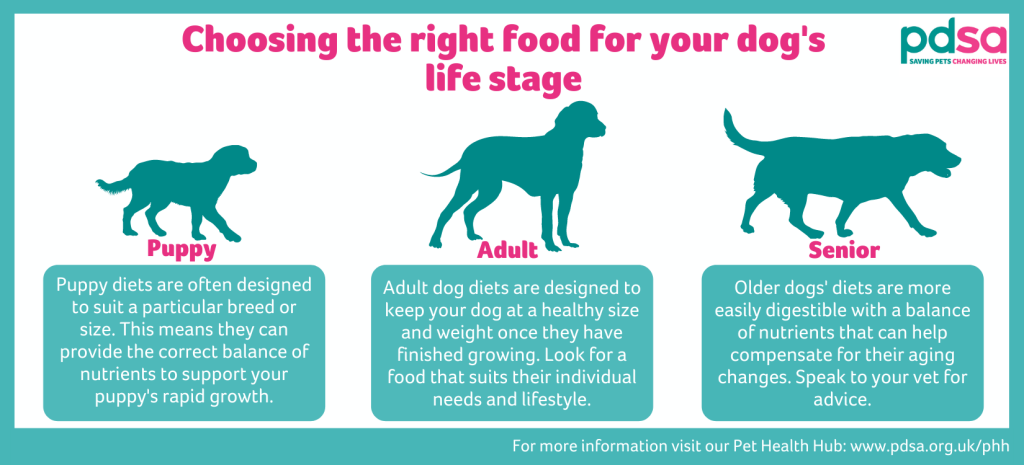
Choosing the Right Food
Understanding Your Dog’s Nutritional Needs
When it comes to choosing the right food for your dog, it is essential to understand their nutritional needs. Dogs require a balanced diet that includes protein, carbohydrates, fats, vitamins, and minerals. However, different breeds and sizes of dogs may have varying nutritional requirements. It is crucial to consider factors such as age, activity level, and overall health when selecting their food.
Consulting with a Veterinarian
Before making any dietary changes, it is always recommended to consult with a veterinarian. They can provide valuable guidance based on your dog’s specific needs and any underlying health conditions. A veterinarian can assess your dog’s current diet and suggest appropriate adjustments to ensure they receive all the necessary nutrients for optimal health.
Reading the Ingredients
When selecting dog food, it is essential to read the ingredients list. Look for high-quality ingredients such as real meat, whole grains, and vegetables. Avoid foods that contain artificial preservatives, flavors, and colors. It is also advisable to choose a food that has a specific meat protein source listed as the main ingredient, rather than generic “meat” or “meat by-products.”
Avoiding Harmful Additives
Dogs are sensitive to certain additives that may be present in their food. Common additives to avoid include artificial sweeteners (such as xylitol), onions, garlic, and excessive salt. These ingredients can be harmful or even toxic to dogs. Opt for natural, wholesome foods free from additives or consult your veterinarian for guidance on specific dietary restrictions.
Considering Special Dietary Requirements
Some dogs may have special dietary requirements due to health conditions such as allergies, sensitivities, or intolerances. If your dog has any specific dietary needs, it is essential to choose a food that accommodates those requirements. Grain-free or limited ingredient diets may be suitable for dogs with food allergies or sensitivities, while hypoallergenic diets can be beneficial for dogs with skin or digestive issues.
Feeding Frequency and Portion Control
Determining the Ideal Feeding Schedule
Establishing an ideal feeding schedule for your dog is vital to maintain their overall health and well-being. Puppies generally require more frequent meals throughout the day compared to adult dogs. As dogs grow older, their feeding frequency may decrease. Consult with your veterinarian to determine the appropriate number of meals and the ideal feeding schedule based on your dog’s age, size, and specific needs.
Preventing Overfeeding
Overfeeding can lead to obesity and various health issues in dogs. It is important to ensure that you are feeding your dog the right amount of food for their size and activity level. Check the feeding guidelines on the food packaging and measure the portions accordingly. Avoid free-feeding, where food is constantly available, as it can make portion control challenging and lead to excessive weight gain.
Managing Multiple Meals
If you have a busy schedule and cannot feed your dog multiple meals throughout the day, there are alternative options. Using automatic feeders or puzzle toys that dispense small portions of food at regular intervals can help simulate multiple meals. These methods not only keep your dog mentally stimulated but also aid in portion control to prevent overeating.
Adjusting Portion Sizes
Portion sizes may need to be adjusted depending on your dog’s weight, activity level, and age. If your dog is gaining weight or appears hungry between meals, it may be necessary to decrease their portion size. On the other hand, if your dog is losing weight or seems unsatisfied after meals, slightly increasing the portion size may be necessary. Monitoring your dog’s body condition and consulting with your veterinarian can help determine the appropriate portion sizes.
Monitoring Weight and Body Condition
Regularly monitoring your dog’s weight and body condition is crucial in ensuring they maintain a healthy weight. Obesity can lead to various health problems, including joint issues and heart disease. By regularly assessing your dog’s body condition, such as feeling for their ribs and waistline, you can make adjustments to their feeding regimen as needed. If you notice any significant weight changes or concerns, consult with your veterinarian for professional guidance.
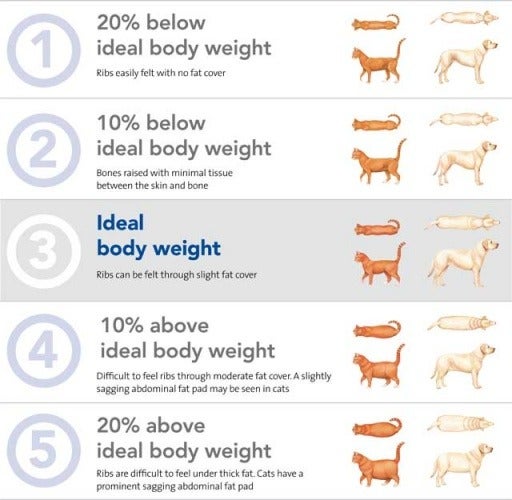
Transitioning to a New Diet
Gradual Food Switch
When transitioning your dog to a new diet, it is important to do so gradually. Abruptly changing their food can cause digestive upset, leading to diarrhea or vomiting. To avoid these issues, slowly introduce the new food by mixing it with their current food over the course of a week or two. Start with a small amount of the new food and gradually increase the proportion each day until you have completely switched over to the new diet.
Mixing Old and New Food
During the transition period, mixing the old and new food allows your dog to become accustomed to the different taste and texture of the new food. It also gives their digestive system time to adjust. Aim for a ratio of 75% old food to 25% new food during the first few days and gradually increase the proportion of new food while decreasing the old food until the full transition is complete.
Transition Timeline
The length of time required for a food transition may vary depending on your dog’s sensitivity and adaptability. Some dogs may adjust quickly within a week, while others may require a more extended transition period of two to three weeks. Observe your dog’s digestion during the transition and adjust the timeline accordingly. If your dog experiences digestive issues or refuses to eat the new food, slow down the transition process.
Observing Digestive Changes
During the transition to a new diet, closely monitor your dog’s digestive changes. Some mild digestive upset, such as loose stools or softer stools, can be normal during the transition period. However, if these issues persist or worsen, it may indicate a sensitivity or intolerance to certain ingredients. In such cases, consult with your veterinarian for guidance on alternative diets or specific dietary adjustments.
Seeking Professional Guidance
If you are unsure about transitioning your dog to a new diet or encounter persistent digestive issues, it is always best to seek professional guidance. Veterinarians can provide expert advice tailored to your dog’s individual needs. They may recommend specific diets for certain health conditions or offer alternative solutions to ensure a smooth and successful transition.
Mealtime Environment
Creating a Calm and Safe Space
Creating a calm and safe environment during mealtime is essential for your dog’s overall dining experience. Choose a designated feeding area where your dog feels comfortable and secure. Ensure that the area is free from excessive noise, distractions, and potential hazards that could disrupt their meals. Providing a safe space allows your dog to eat at ease and reduces the risk of stress-related issues during mealtimes.
Establishing a Feeding Routine
Establishing a consistent feeding routine can help your dog develop a sense of predictability and security. Try to feed your dog at the same time each day to establish a routine that they can rely on. Dogs, especially those prone to anxiety, thrive on structure and routine. By sticking to a regular feeding schedule, you can create a sense of stability and minimize any potential mealtime stress for your furry friend.
Avoiding Distractions
During mealtimes, it is important to minimize distractions that may disrupt your dog’s focus on eating. Turn off the television, keep other pets away from the feeding area, and discourage family members from interacting with your dog while they eat. By eliminating distractions, you allow your dog to concentrate on their food, aiding digestion, and preventing potential food guarding or aggression behaviors.
Maintaining Cleanliness
Maintaining cleanliness around your dog’s feeding area is crucial for their health and hygiene. Clean their food and water bowls regularly to prevent the buildup of bacteria. Stainless steel or ceramic bowls are recommended as they are easy to clean and less likely to harbor bacteria compared to plastic bowls. Additionally, ensure that the feeding area is free from any spilled food or debris, as these can attract pests or cause contamination.
Using Slow Feeder Bowls
For dogs that tend to eat their meals too quickly, using slow feeder bowls can be beneficial. Slow feeder bowls have specially designed obstacles or patterns that encourage dogs to eat at a slower pace. This not only improves digestion but also prevents choking hazards and reduces the risk of bloating, a potentially life-threatening condition. Slow feeder bowls can also provide mental stimulation for dogs, turning mealtime into an engaging and enjoyable experience.
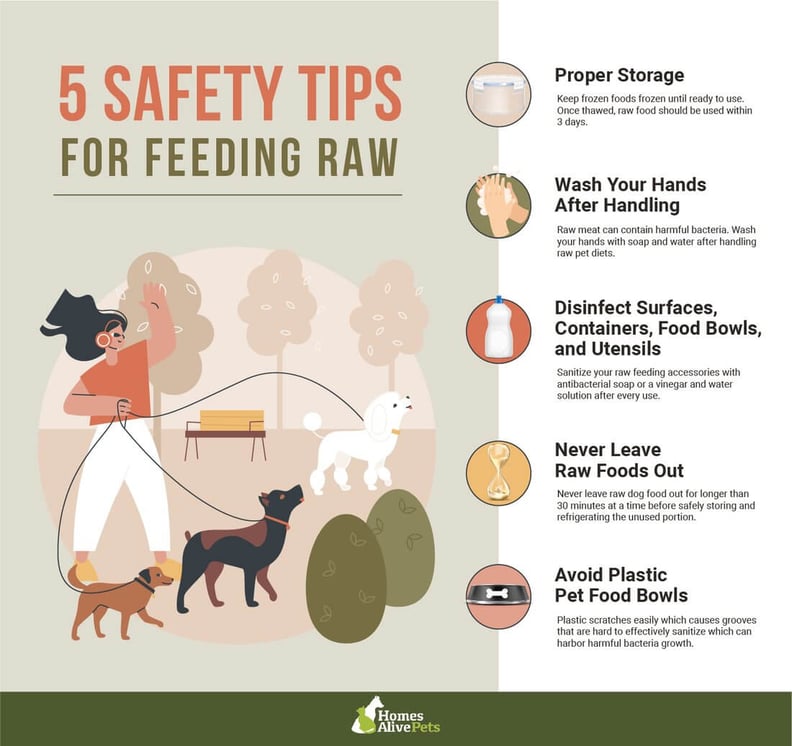
The Importance of Hydration
Providing Fresh Water
Ensuring your dog has access to fresh and clean water at all times is crucial for their overall health and well-being. Dogs need constant hydration to maintain proper organ function, digestion, and body temperature regulation. Regularly check their water bowl to ensure it is filled, and change the water as needed throughout the day. If you have multiple dogs or a particularly active dog, consider having multiple water bowls available in different areas of your home.
Using Water Bowls vs. Water Fountains
When it comes to providing water for your dog, both traditional water bowls and water fountains have their advantages. Water bowls are simple, easy to clean, and cost-effective. They work well for most dogs, especially those who are not fussy about drinking water. On the other hand, water fountains can be appealing to dogs who prefer running water, which may help encourage them to drink more. However, it is essential to regularly clean and maintain the fountain to prevent the growth of bacteria and ensure optimal water quality.
Encouraging Sufficient Water Intake
Some dogs may not drink enough water, especially if they are primarily fed dry kibble. To encourage sufficient water intake, you can try adding wet food or water to their dry kibble to create a moist texture. Additionally, some dogs enjoy flavored water, such as low-sodium broth or the water left from boiling chicken or vegetables. Experiment with these options to find what your dog prefers and ensure they stay adequately hydrated.
Monitoring Hydration Levels
Monitoring your dog’s hydration levels is important to prevent dehydration, especially during hot weather or strenuous activities. Signs of dehydration may include excessive panting, dry gums, loss of skin elasticity, and lethargy. If you notice any of these signs, encourage your dog to drink water and consult with your veterinarian if the symptoms persist. Regularly checking on your dog’s hydration can help identify potential issues early on and ensure their well-being.
Preventing Dehydration
To prevent dehydration, it is essential to take proactive measures. During hot weather or after vigorous exercise, provide your dog with ample opportunities to drink water. If you are planning outdoor activities, carry water with you and offer frequent water breaks. Consider using portable water bottles or collapsible bowls for convenience. It is also important to be mindful of your dog’s water intake during illness or recovery periods, as they may require additional hydration to support their healing process.
Treats and Snacks
Choosing Healthy and Nutritious Options
Treats and snacks can be a great way to reinforce positive behavior and strengthen the bond with your dog. However, it is crucial to choose healthy and nutritious options to avoid compromising their overall diet. Look for treats made from high-quality ingredients and avoid those containing excessive fillers, artificial additives, or unhealthy fats. Natural treats, such as dehydrated meats or fruits, are often a good choice as they offer both nutritional value and a tasty reward for your furry companion.
Limiting Treats to Occasional Rewards
While treats can be a valuable training tool and a way to show your affection, it is important to limit their frequency. Overindulgence in treats can lead to weight gain and potential nutrient imbalances. Treats should be given as occasional rewards for good behavior or during training sessions, rather than as a substitute for a balanced meal. By practicing moderation, you can ensure that your dog maintains a healthy weight and receives optimal nutrition from their regular meals.
Avoiding Harmful Ingredients
Just like with their regular food, it is crucial to avoid treats that contain harmful ingredients. Some common ingredients to avoid in treats include artificial sweeteners like xylitol, chocolate, caffeine, and high levels of sodium or preservatives. These ingredients can be toxic to dogs and may lead to serious health issues. Always check the label of treats before offering them to your dog and opt for natural or organic options whenever possible.
Considering Dental Health
Treats can also play a role in maintaining your dog’s dental health. Chewing on certain treats can help remove tartar and plaque buildup, reducing the risk of dental disease. Look for treats specifically designed to promote dental health, such as dental chews or tooth-cleaning treats. These treats are typically textured and have ingredients that support healthy teeth and gums. Regular dental check-ups with your veterinarian are still crucial to ensure comprehensive dental care for your dog.
Weight Management through Treats
If your dog is overweight or prone to weight gain, it is essential to choose treats that support their weight management goals. Look for low-calorie treats or consider using small, healthy alternatives such as pieces of fresh fruits or vegetables. Treat-dispensing toys can also be a great way to provide mental stimulation while reducing calorie intake. Remember, treats should make up only a small portion of your dog’s overall calorie intake, so adjust their regular meals accordingly to maintain a healthy weight.
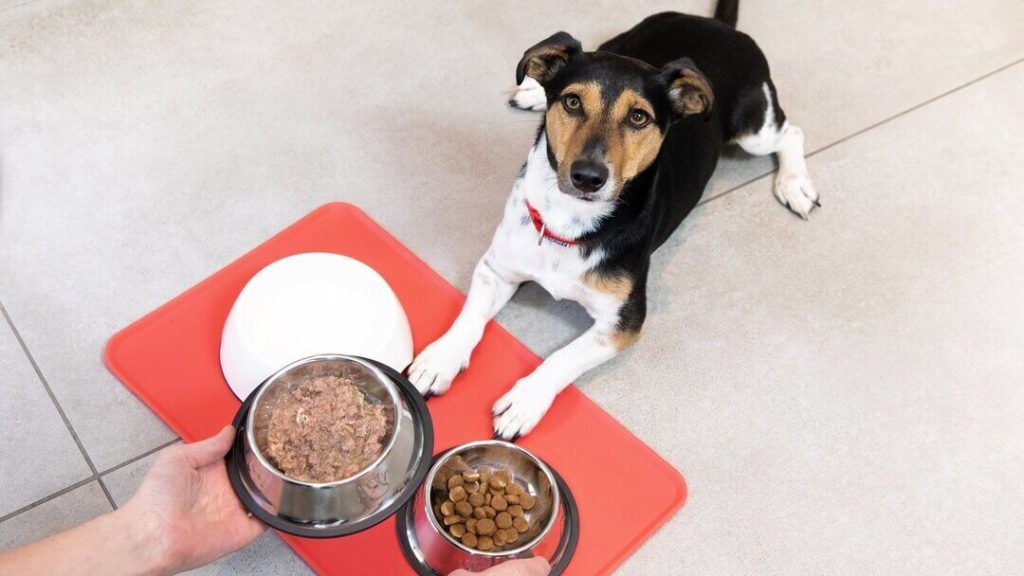
Special Considerations for Puppies
Identifying Age-Appropriate Food
Puppies have different nutritional needs compared to adult dogs. Choosing age-appropriate food is essential to support their growth and development. Look for puppy-specific formulas that are specially formulated to provide the appropriate balance of nutrients for growing puppies. These formulas often contain higher levels of protein, vitamins, and minerals to meet the unique needs of young dogs.
Feeding Frequency for Puppies
Puppies require more frequent meals compared to adult dogs due to their fast metabolism and smaller stomach capacity. Generally, puppies should be fed three to four small meals throughout the day until they are around six months old. As they grow older, the number of meals can gradually be reduced to two or three per day. However, consult with your veterinarian to determine the best feeding schedule for your individual puppy based on their breed, size, and specific needs.
Importance of Balanced Nutrition
Providing a well-balanced and nutrient-rich diet is crucial during a puppy’s early stages of development. Proper nutrition supports healthy bone growth, muscle development, and overall immune system function. Look for puppy food that contains high-quality proteins, essential fatty acids, vitamins, and minerals. Ensure that the food meets the guidelines set by reputable organizations such as the Association of American Feed Control Officials (AAFCO) to ensure proper nutrition for your growing puppy.
Consulting with a Veterinarian for Growth Diets
To ensure optimal growth and development, consulting with a veterinarian is recommended when selecting a diet for your puppy. They can provide valuable advice on specific nutritional needs based on your puppy’s breed, size, and growth trajectory. Veterinarians can also recommend specialized growth diets tailored to meet any specific requirements your puppy may have, such as large breed formulas or diets for health conditions commonly seen in certain breeds.
Monitoring Weight Gain
Regular monitoring of your puppy’s weight gain is important to ensure they are growing at a healthy rate. Puppies should steadily gain weight, but excessive or rapid weight gain can lead to skeletal issues and obesity. Use a scale to weigh your puppy regularly or consult with your veterinarian for scheduled weigh-ins. If you notice any significant deviations from the expected weight gain, consult with your veterinarian to address any potential concerns.
Feeding Practices for Senior Dogs
Choosing Age-Specific Formulas
As dogs age, their nutritional requirements change. Senior dogs often have lower energy requirements and may have specific health concerns that need to be addressed through their diet. Choosing age-specific formulas designed for seniors can help support their aging bodies. These formulas often contain reduced calorie levels, increased fiber for digestive health, and additional supplements such as glucosamine and chondroitin for joint support.
Addressing Age-Related Health Concerns
Senior dogs may be more prone to age-related health concerns such as arthritis, cognitive decline, or kidney disease. Tailoring their diet to address these specific issues can help improve their quality of life. For example, joint supplements like omega-3 fatty acids and glucosamine can support joint health, while antioxidants and vitamins can aid brain function. Consult with your veterinarian to determine the best diet that meets the unique needs of your senior dog.
Adding Joint Supplements if Necessary
As dogs age, their joints may become stiffer and more susceptible to conditions such as arthritis. Adding joint supplements to their diet can help alleviate discomfort and maintain joint health. Glucosamine, chondroitin, and omega-3 fatty acids are commonly recommended supplements that support joint function and reduce inflammation. However, always consult with your veterinarian before introducing any supplements to ensure they are appropriate for your dog’s individual needs.
Feeding Small, Frequent Meals
Senior dogs may benefit from smaller, more frequent meals to aid digestion and prevent discomfort. As dogs age, their digestive systems may become less efficient, making it harder for them to digest large meals. Dividing their daily food portions into smaller, more manageable meals can help prevent digestive issues such as bloating or discomfort. Consult with your veterinarian to determine the best feeding schedule for your senior dog based on their specific needs.
Regular Monitoring of Weight and Health
Regularly monitoring your senior dog’s weight and overall health is crucial to detect any changes or potential health issues. Aging dogs may experience weight gain or loss, changes in coat quality, or increased thirst, which can be indicators of underlying health concerns. By staying vigilant and regularly checking in with your veterinarian, you can ensure optimal health and well-being for your senior companion.
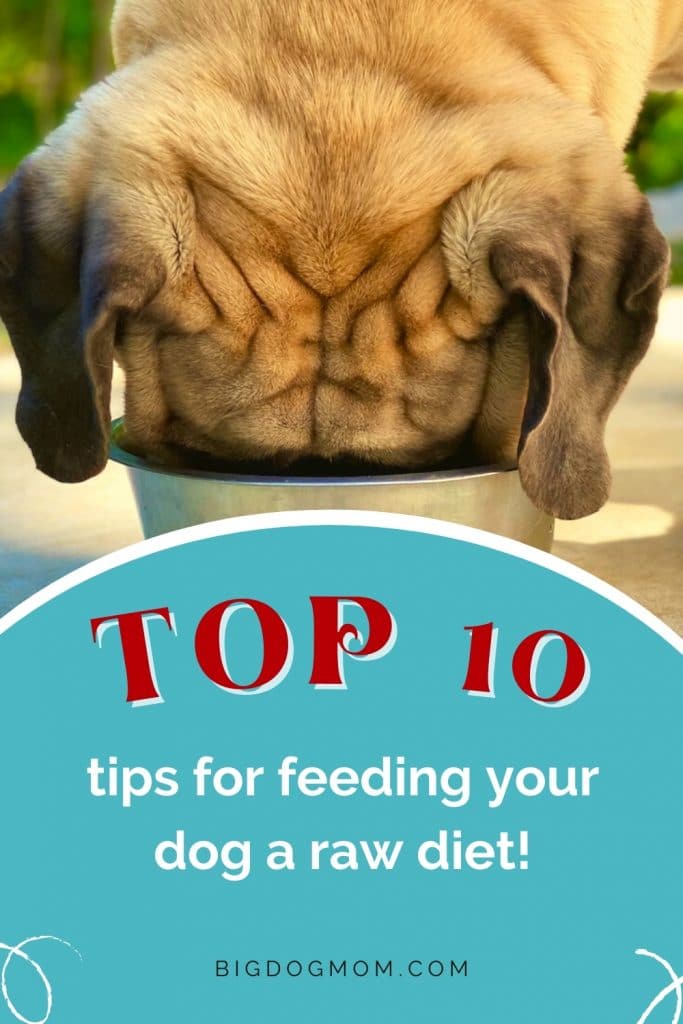
Feeding Dogs with Medical Conditions
Consulting a Veterinarian for Dietary Recommendations
Dogs with medical conditions require specialized dietary recommendations to manage their health effectively. In such cases, it is crucial to consult with a veterinarian who can guide you through the appropriate dietary changes. Medical conditions such as kidney disease, diabetes, allergies, or gastrointestinal disorders may require specific diets tailored to support their unique needs. A veterinarian can help formulate a diet plan that addresses these conditions while ensuring your dog’s nutritional requirements are adequately met.
Prescription Diets for Specific Health Issues
For certain medical conditions, your veterinarian may prescribe a specialized diet to manage your dog’s health. These prescription diets are formulated to provide targeted nutrition that supports specific conditions such as urinary tract health, weight management, or gastrointestinal sensitivities. Prescription diets often have unique ingredient profiles and controlled nutrient levels that can have a significant impact on the well-being of dogs with medical conditions.
Managing Weight and Calorie Intake
Weight management becomes crucial when dealing with medical conditions such as obesity or endocrine disorders. In these cases, your veterinarian may recommend specific weight loss or weight maintenance diets that control calorie intake and support metabolism. By carefully managing your dog’s weight, you can effectively prevent or manage certain health conditions, improve their overall mobility, and enhance their quality of life.
Avoiding Trigger Foods or Allergens
Dogs with allergies or sensitivities may require a diet that avoids certain ingredients or allergens. Common allergens include grains, beef, dairy, or poultry. Identifying the specific triggers for your dog’s allergies is crucial in selecting the appropriate diet. Your veterinarian can perform allergy tests or elimination diets to determine which ingredients to avoid. By eliminating these trigger foods, you can help manage your dog’s allergies and alleviate symptoms such as itching, rashes, or gastrointestinal upset.
Monitoring Symptoms and Adjusting Diets if Needed
When feeding dogs with medical conditions, it is essential to monitor their symptoms and adjust their diets as necessary. Regularly assess your dog’s overall health, energy levels, and any specific symptoms related to their condition. If you notice any changes or worsening of symptoms, consult with your veterinarian to reassess their diet plan. Adjustments may be needed to optimize their nutritional intake and better manage their medical condition.
Tips for Picky Eaters
Trying Different Textures and Flavors
Some dogs may be picky eaters and have specific preferences when it comes to their food. If your dog tends to be selective, try offering them different textures and flavors to find what they enjoy. Experiment with dry kibble, wet food, or mix the two together to create varying textures. Consider adding small amounts of flavorful toppers such as bone broth or low-sodium gravy to entice their appetite. By offering different options, you may discover the perfect combination that satisfies your picky eater.
Gradual Food Introduction
If your dog is resistant to trying new foods, introducing them gradually can help overcome their reluctance. Start by mixing a small amount of the new food with their regular food, gradually increasing the proportion over several days. The slow introduction allows your dog to acclimate to the new taste and texture without overwhelming their senses. Be patient and persistent, as it may take some time for them to develop a liking for the new food.
Hand-Feeding or Interactive Feeder Toys
For particularly picky eaters, hand-feeding can be an effective strategy to encourage them to eat. By offering small portions of food directly from your hand, you can create a positive association between eating and receiving attention from you. Another option is to use interactive feeder toys that require dogs to work for their food, making mealtimes more engaging and stimulating. These toys can help stimulate their appetite and make eating a fun and rewarding experience.
Avoiding Free-Feeding
Free-feeding, where food is constantly available throughout the day, can contribute to picky eating habits. Dogs may become accustomed to grazing or holding out for something more enticing. To avoid this, establish a regular feeding schedule where food is offered for a set period, usually 15-20 minutes. If your dog does not eat within that time frame, remove the food until the next scheduled mealtime. This helps create a routine and encourages dogs to eat when food is available.
Patience and Persistence
Dealing with a picky eater can be frustrating, but it is important to remain patient and persistent. Avoid giving in to their demands by constantly offering different foods or excessive treats. Stick to a consistent feeding routine and provide a balanced diet. Remember, some dogs may take longer to adjust to new foods, so continue to offer a variety of options and consult with your veterinarian for further guidance if needed.
Feeding your dog is an essential responsibility that requires careful consideration and attention to their unique needs. By understanding their nutritional requirements, creating a suitable mealtime environment, and making informed choices about their diet, you can provide your furry friend with the best nutrition and ensure their overall health and well-being. Remember to consult with a veterinarian for professional advice tailored to your dog’s individual needs, and always monitor their weight and overall condition to make adjustments as necessary. With proper care and attention, you can enjoy many happy and healthy meals together with your beloved canine companion.

